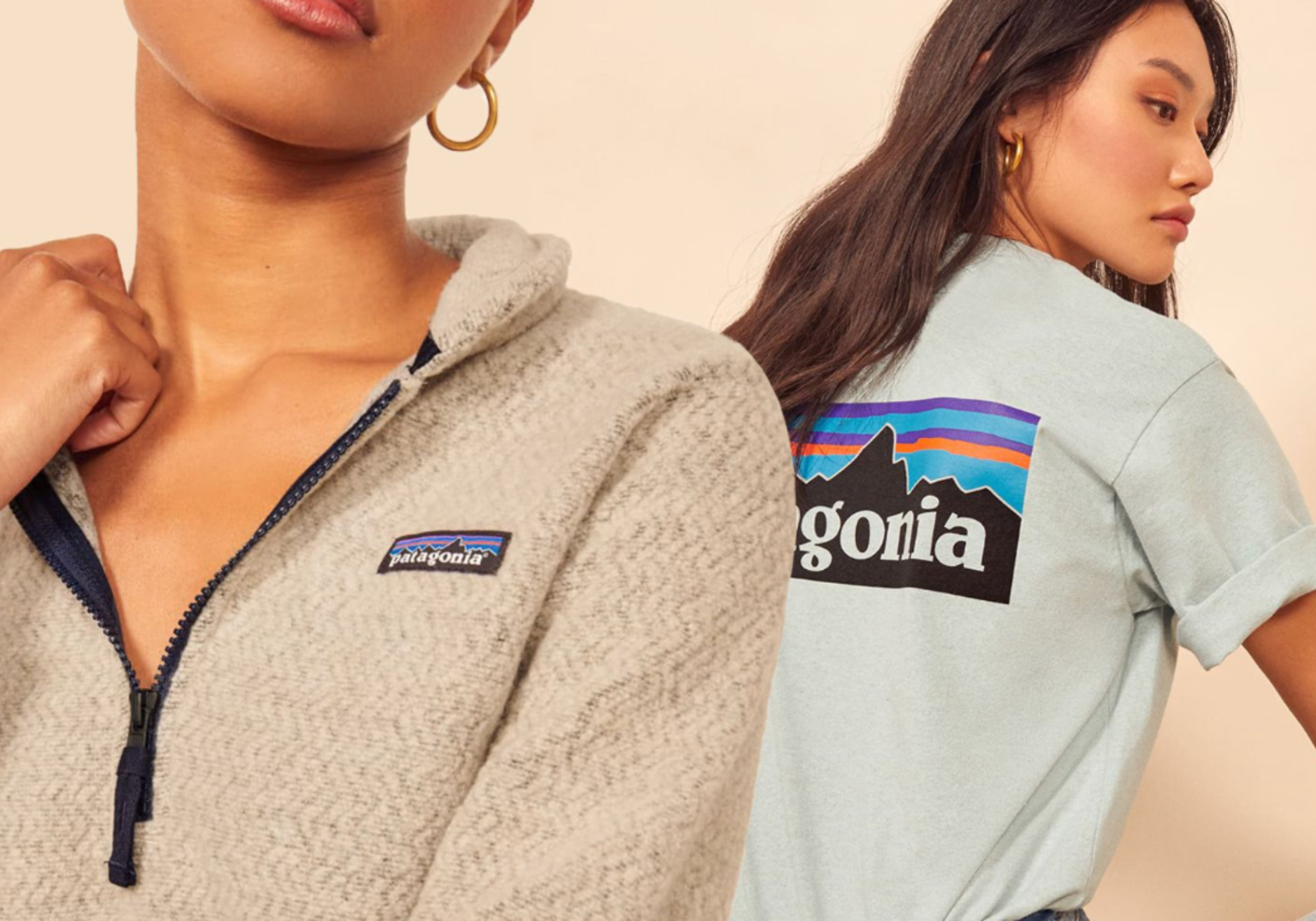Transition to Season-Agnostic Fashion: pros and cons for business
A significant change is taking place in the fashion industry, known as the transition to "season-agnostic fashion" — fashion that is not tied to certain seasons. This phenomenon is a response to changing consumer preferences, environmental challenges and the need to respond promptly to fashion trends. In this article, we will look at the main pros and cons of this approach and its impact on business.
What is Season-Agnostic Fashion?
Traditionally, fashion was divided into two main seasons: spring-summer and autumn-winter. Each of them corresponded to certain collections that were shown at shows a few months before going on sale. Season-agnostic fashion abandons this model in favor of year-round collections that can be worn regardless of the time of year.

Examples of brands
1. Patagonia
Patagonia has long been known for its sustainability efforts. The brand offers versatile and multifunctional products that can be worn all year round. Their collections include clothes made from recycled materials and high-tech fabrics that are suitable for different climatic conditions.
2. Everlane
Everlane adheres to the principles of transparency and sustainable development. They produce year-round collections of basic clothes that are easy to match and suitable for any season. Everlane focuses on high-quality materials and minimalistic design, which allows their items to remain relevant at any time of the year.
3. Uniqlo
Uniqlo offers a wide range of basic clothing suitable for any season. Their technologies, such as HEATTECH and AIRism, provide comfort in various climatic conditions. Uniqlo is known for its approach to versatility and functionality, which makes their products popular all year round.

Examples of specific collections
1. Gucci MX
Gucci has launched the MX collection, which focuses on gender-neutral fashion and year-round products. This collection presents items that can be worn at any time of the year, and which are focused on versatility and inclusivity.
2. The North Face Futurelight
The North Face introduced Futurelight technology, which is used in their jackets and other products. This technology provides water resistance and breathability, which makes the clothes suitable for various climatic conditions throughout the year.
3. Stella McCartney Sustainable Collection
Stella McCartney, known for her efforts in sustainable fashion, has released a collection that includes items that can be worn all year round. These products are made of environmentally friendly materials and are designed for a long service life, which reduces the need for seasonal purchases.

Stella McCartney Sustainable Collection
Advantages of Season-Agnostic Fashion
1. Reducing the ecological footprint
One of the main advantages of switching to year-round fashion is to reduce the negative impact on the environment. The production of clothing associated with seasonal collections often leads to an excess of products, which eventually ends up in landfills. Season-agnostic fashion helps to reduce waste through a more rational approach to production and consumption.
2. Quick response to trends
Fashion that is not tied to the seasons allows brands to respond more quickly to current trends and consumer preferences. This makes it possible to launch new products for sale almost immediately after their creation, which is especially important in a rapidly changing market.

3. Reduced logistics costs
The production of clothing for specific seasons requires careful planning and significant logistics costs. Switching to year-round collections simplifies the delivery and storage processes, which can lead to significant cost savings.
4. Increasing customer loyalty
Modern consumers are increasingly looking for versatile and multifunctional products that can be worn all year round. Season-agnostic fashion satisfies this request by increasing customer satisfaction and loyalty.

Cons of Season-Agnostic Fashion
1. Difficulties with inventory management
The transition to year-round fashion can create problems with inventory management, as brands will have to take into account all possible climatic conditions and consumer preferences. This requires more flexible and accurate inventory management systems.
2. Loss of seasonal excitement
Seasonal collections create a certain excitement and expectation among consumers, which contributes to sales growth in specific periods. When abandoning seasonal collections, brands may face a loss of this effect and, as a result, a decrease in demand at certain points.
3. The need to change production processes
The transition to season-agnostic fashion requires changes in production processes and design approaches. This may require significant investment and time to adapt.
4. Competition in the market
More brands may start offering year-round collections, which will increase competition. This will require companies to be more creative and innovative in creating unique offers.
The transition to season-agnostic fashion represents a significant step forward for the fashion industry, which has both pros and cons. It responds to the demands of modern consumers, promotes sustainable development and allows brands to respond more quickly to changes in the market. However, in order to successfully implement this approach, it is necessary to overcome a number of challenges related to inventory management, changing production processes and competition.
Companies that can adapt to these changes will gain significant advantages and will be able to take a leading position in the market, offering their customers versatile and multifunctional products that meet their needs all year round.
Do you want to keep up to date with the main events in the fashion industry and brand news?